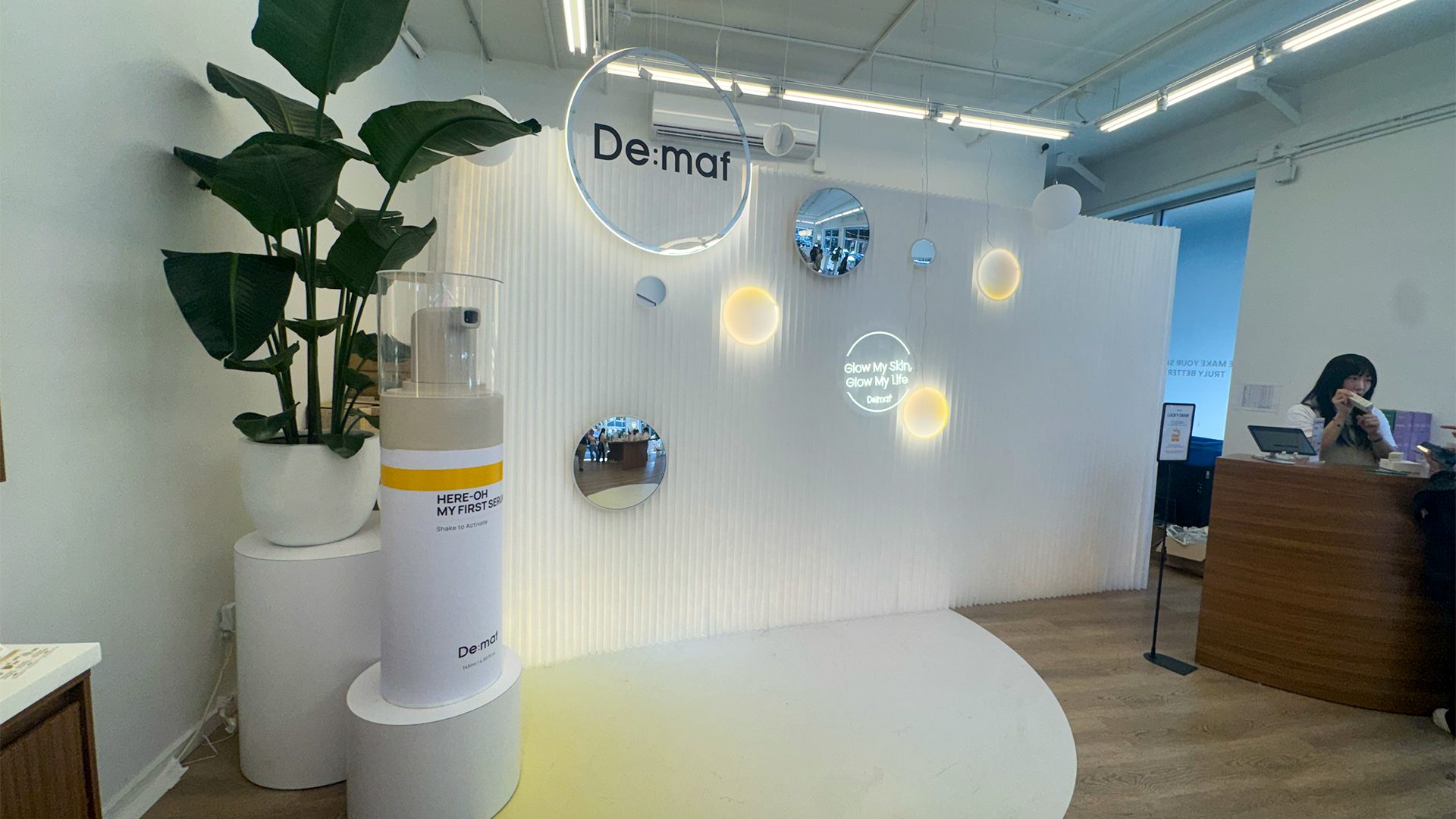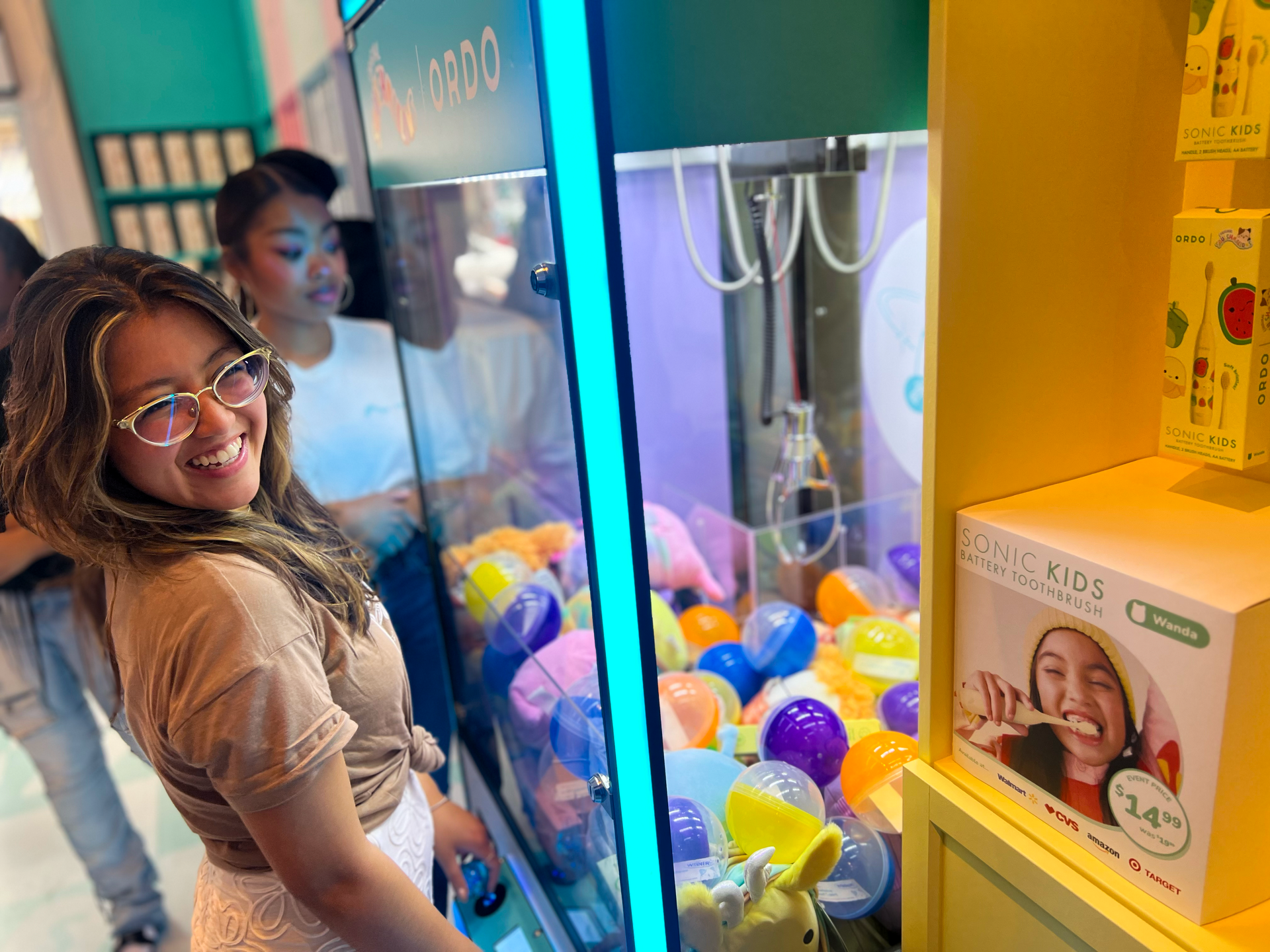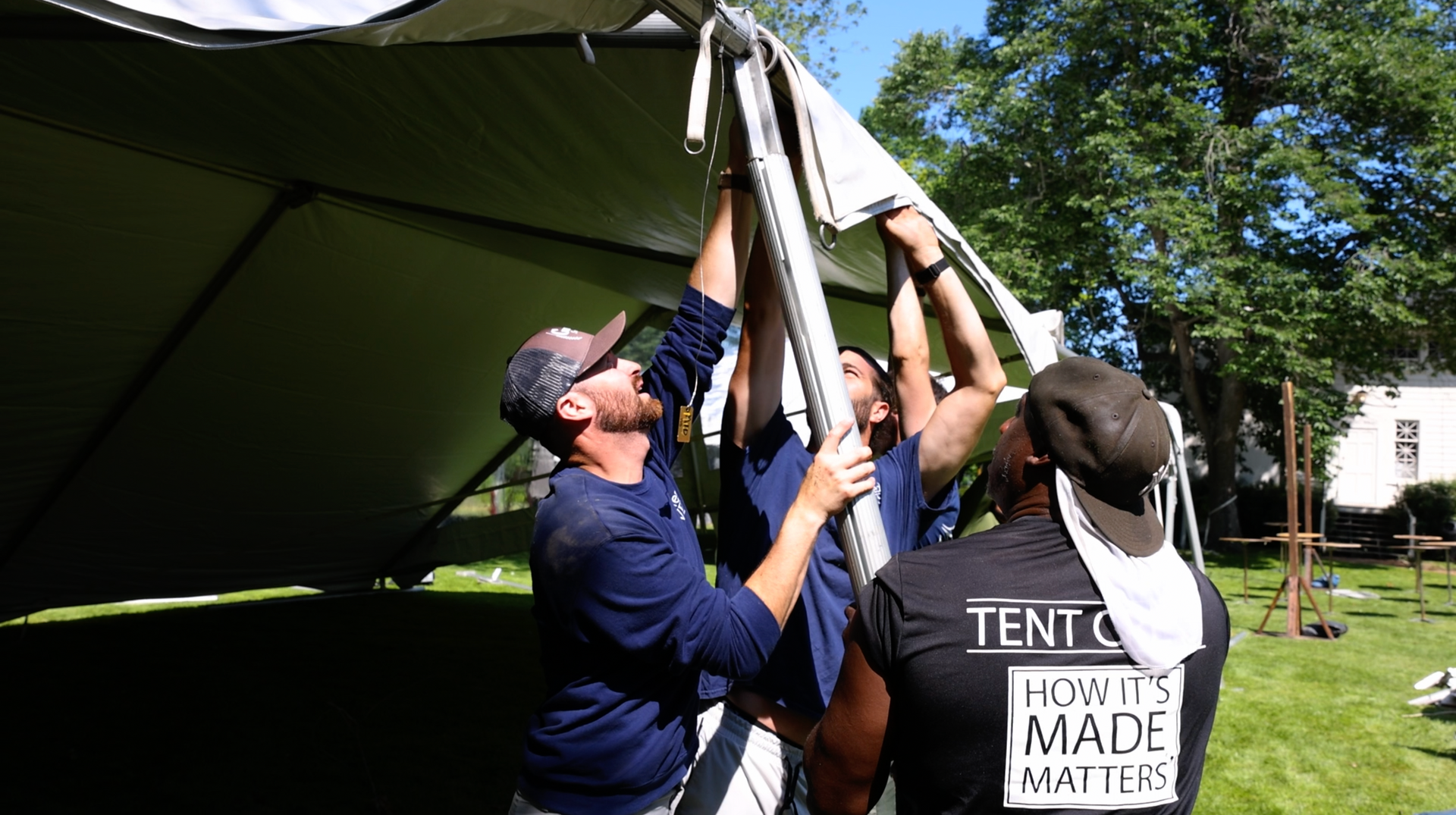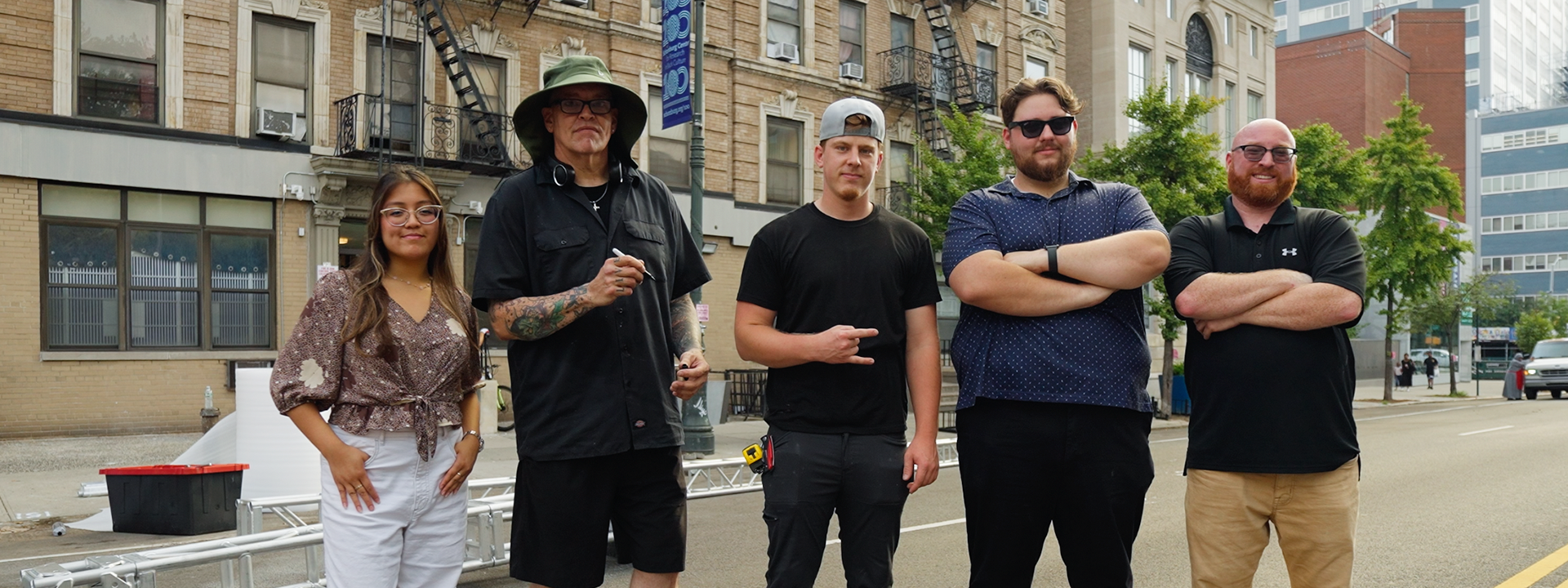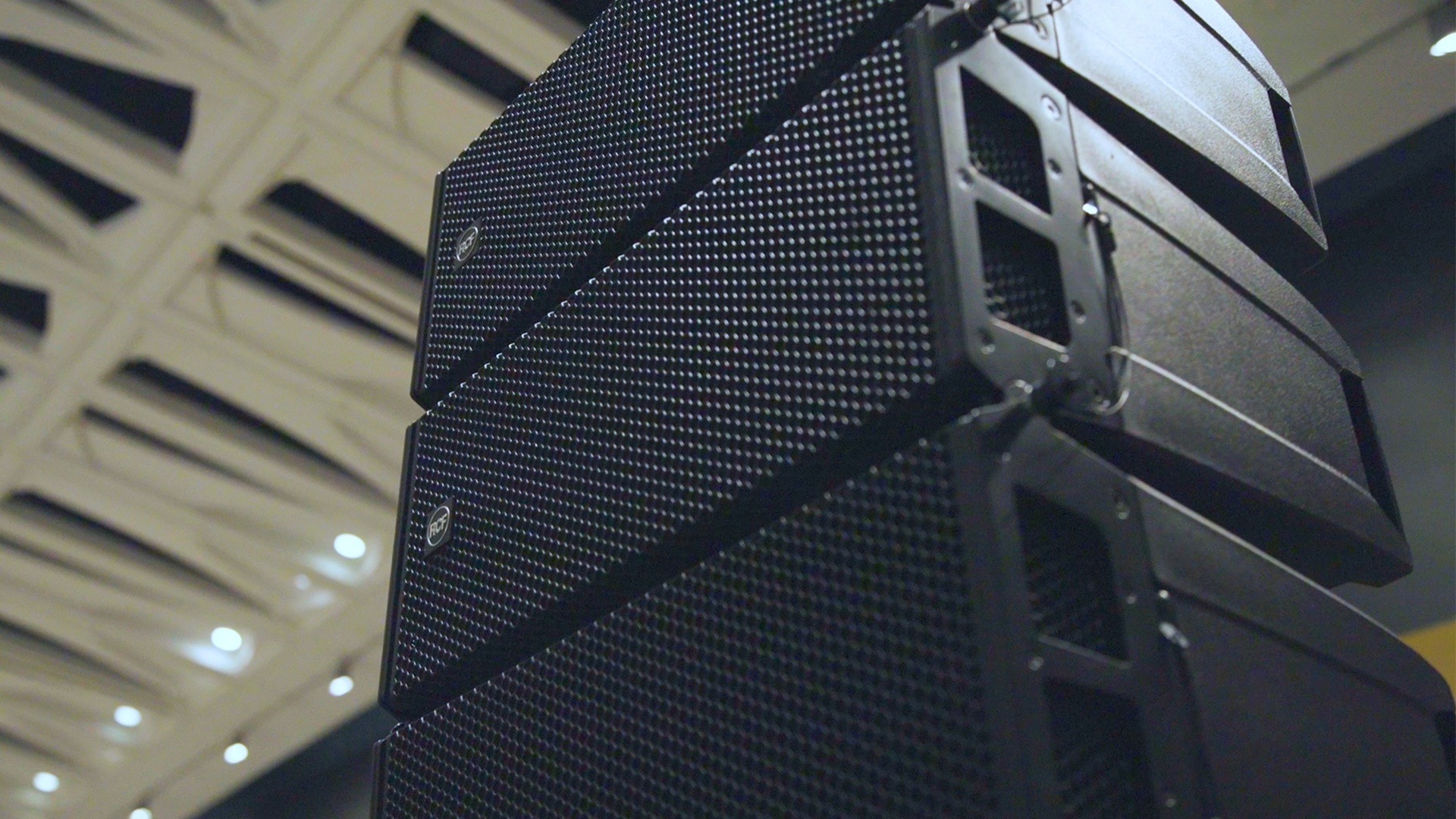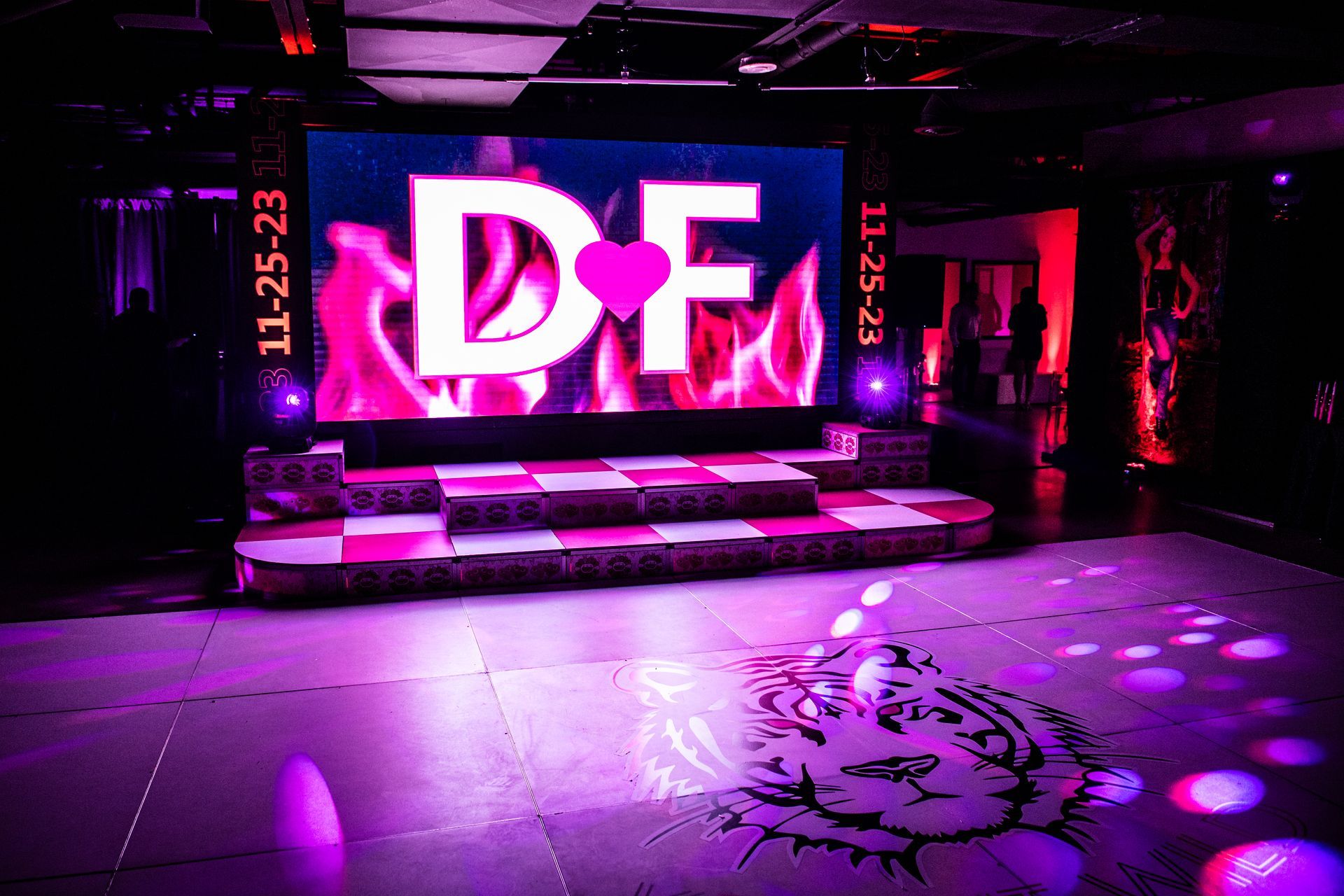Event Marketing & Community Involvement: Amazon Access at Harlem Week
A Case Study in Event Marketing
In an age where consumers are constantly inundated with digital ads, the brands that stand out are those that connect with people on a deeper, human level. Live events provide that opportunity — a chance for companies to step into communities, engage authentically, and create experiences that resonate far beyond a screen. Few examples highlight this better than Amazon Access’s presence at Harlem Week 2025, where the brand brought a series of interactive pop-ups to one of New York City’s most celebrated cultural festivals.
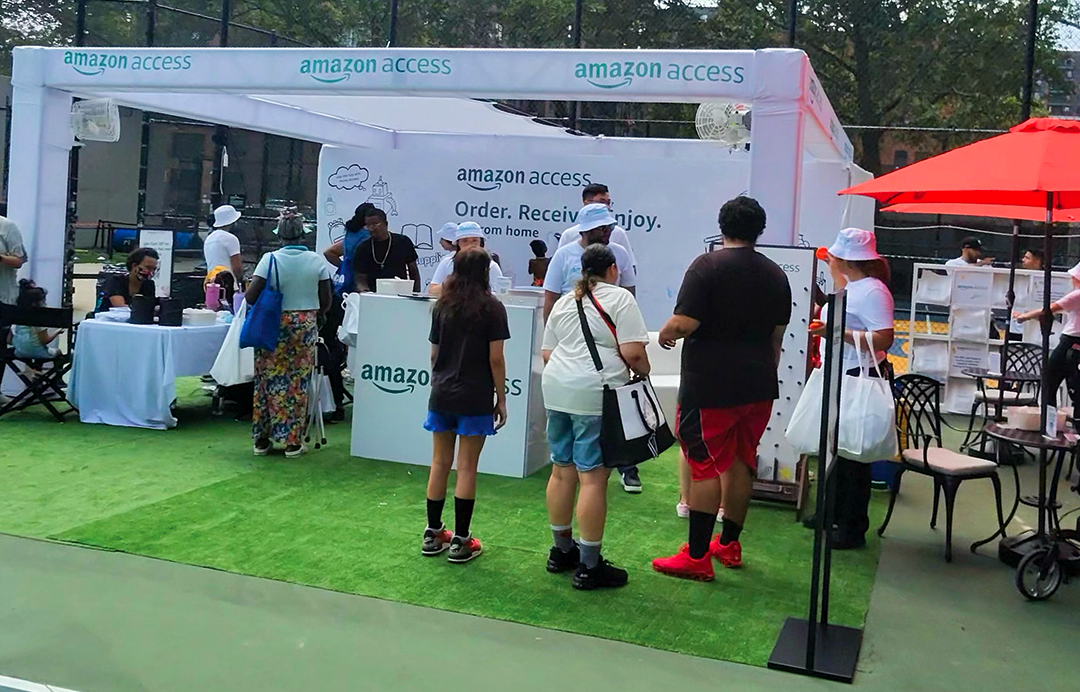
Some Background On Harlem Week
Harlem Week began in 1974 as a single-day event called Harlem Day, created to celebrate the vibrant history and cultural contributions of Harlem. Today, it has grown into a festival attracting visitors from across the city and beyond. Stretching across music, dance, art, food, business, and family programming, Harlem Week showcases the neighborhood’s heritage while celebrating its evolving role in shaping New York’s identity.
But Harlem Week is more than a festival. For the Harlem community, it’s a platform that honors legacy, fosters togetherness, and offers opportunities for growth. For brands, it represents a rare chance to connect with people in a meaningful context — one rooted in history, culture, and pride.
The Power of Community-Centered Event Marketing
Brands often focus on visibility, but real impact comes from engagement. Community-centered event marketing bridges this gap by prioritizing authentic interactions. When a company invests in the cultural fabric of a community, the benefits extend in both directions.
For communities, it means access to resources, activities, and memorable experiences. For brands, it means:
- Authenticity – Consumers see companies not just as businesses, but as contributors to the community.
- Trust & Loyalty – Showing up locally builds goodwill that translates into long-term relationships.
- Memorable Touchpoints – Interactive experiences leave lasting impressions in ways digital ads cannot.
- Organic Reach – Attendees naturally share experiences on social media, expanding visibility.
When done thoughtfully, community-based activations become more than marketing — they become part of the cultural experience itself.
Case Study: Amazon Access at Harlem Week
The Vision
Amazon Access entered Harlem Week with a clear mission: to showcase how its services bring ease and accessibility into everyday life, while aligning with the festival’s celebration of culture and community. The campaign’s theme — “Order. Receive. Enjoy. All from home.” — anchored the installations. The goal was to make the brand’s value tangible, not through advertising alone, but through spaces people could experience, play in, and share.
The Execution
As part of Harlem Week’s vibrant West 135th Street celebrations, Amazon Access created a series of branded pop-ups, produced and executed with our team at National Event Connection. Each installation was designed with both function and fun in mind:
- Amazon Access Market – A branded hub where visitors could explore offerings and engage with the brand.
- Play Center – A kid-friendly space featuring giant Connect Four and a dry-erase wall where children could unleash their creativity, ensuring families felt welcome.
- Lounge & Photo Ops – Designed to feel like “home,” these areas included a living room and kitchen setup. Attendees could relax, take photos, and organically engage with Amazon’s message of comfort and convenience.
- Interactive Installations – Additional touchpoints encouraged attendees to linger, explore, and share their experiences.
Every detail tied back to the central theme of making life at home easier, accessible, and enjoyable.
Community Impact
For families, the installations weren’t just branded activations — they were fun, memorable moments. Kids had spaces to play and create, while parents could connect with Amazon in an approachable, human-centered environment. Importantly, the brand didn’t sit on the sidelines. It became part of the celebration, adding value rather than simply promoting itself.
This approach reinforced Harlem Week’s sense of inclusivity while showing that Amazon was invested in supporting the community it was celebrating.
Brand Benefits
The payoff for Amazon was equally clear. By leaning into Harlem Week’s cultural context, Amazon Access achieved:
- Stronger Brand Alignment – Messaging of accessibility and convenience felt relevant and authentic.
- User-Generated Content – Photo ops designed like living spaces encouraged organic social sharing.
- Positive Perception – Attendees saw Amazon as more than a global retailer — they experienced it as a contributor to their community celebration.
- Memorable Engagement – The combination of interactive play, creativity, and branded spaces left a lasting impression on festival-goers.

Lessons for Event Marketers
Harlem Week offers broader lessons for event professionals and marketing teams looking to expand their community presence. While every event is unique, these guidelines are a great start for planning in event marketing:
Start with Community First
Brands that approach events as contributors, not just sponsors, make the deepest connections.
Design for Interaction
Immersive experiences resonate far more than static signage. Engage your audience by giving them activities or things to interact with at your event.
Align Values with the Audience
When a brand’s message fits seamlessly with a community’s spirit, authenticity follows along with ROI.
Make it Relatable
Spaces modeled after everyday life, like Amazon’s “home” installations, help even the largest companies feel personal.
Conclusion
Harlem Week is proof that community-centered events hold the power to build trust, create memorable experiences, and leave a lasting impact. For Amazon Access, the festival provided an opportunity to reinforce brand values in a way that was both authentic and celebratory.
At National Event Connection, we believe in the same philosophy: events shouldn’t just market a brand — they should connect people. By designing experiences that honor communities and invite participation, brands can create moments that live well beyond the event itself.
If your brand is looking to create meaningful, community-driven experiences, we’d love to explore how we can bring your vision to life.
